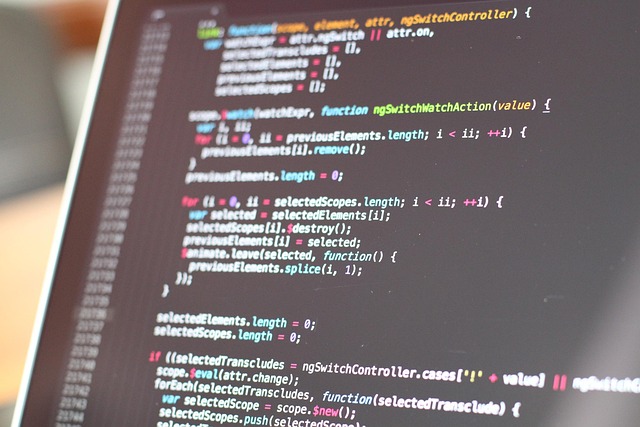
“Mastering Robotics Control Software: A Beginner’s Guide”
Mastering Robotics Control Software: A Beginner’s Guide
In an era where technology is seamlessly intertwined with our daily lives, the fascination with robotics has never been more prominent. As we stand on the brink of a new digital age, understanding robotics control software becomes crucial for enthusiasts, developers, and aspiring engineers alike. This guide aims to equip you with the foundational knowledge you need to embark on your journey in this exciting field.
What is Robotics Control Software?
At its core, robotics control software serves as the brain of a robot. It orchestrates every movement, decision, and interaction a robot has with its environment. Whether it’s a simple automated vacuum or a complex robotic arm used in manufacturing, this software enables machines to perform specific tasks with precision and efficiency. Understanding the fundamentals of this software is essential for anyone looking to build or improve their robotic systems.
The Importance of Robotics Control Software
When you delve into robotics, you quickly realize that control software is more than just code; it’s the lifeblood of the robot. It brings together various components such as sensors, motors, and cameras, allowing the robot to interpret data and respond accordingly. This is particularly important in fields like manufacturing, healthcare, and autonomous driving, where precise control can lead to significant advancements and efficiencies.
Getting Started with Robotics Control Software
As a beginner, your first step is to familiarize yourself with programming languages commonly used in robotics, such as Python and C++. Both languages have robust libraries that simplify hardware interfacing and data analysis. Additionally, there are numerous frameworks like ROS (Robot Operating System) that provide ready-made solutions and a vast community of developers, making it easier for newcomers to find support and resources.
Key Concepts to Learn
- Sensor Interfacing: Understand how to integrate and read data from various sensors.
- Actuators: Learn how to control motors and other actuators to create movement.
- Algorithms: Study algorithms related to pathfinding, localization, and perception.
- Simulation Tools: Experiment with simulation software to test your designs before physical deployment.
Hands-On Projects to Enhance Your Skills
The best way to master robotics control software is through hands-on experience. Start with small projects, such as building a simple robot that follows a line or avoids obstacles. As your confidence grows, you can tackle more complex projects, incorporating multiple sensors and advanced algorithms. Remember, every project is a learning opportunity, so embrace the challenges that come with the journey!
The Future of Robotics Control Software
As we move towards a future dominated by automation, the demand for expertise in robotics control software will only continue to rise. Industries are increasingly reliant on innovative robotics solutions to increase productivity and improve safety. By investing time in mastering this software, you’re not only enhancing your skills but also positioning yourself at the forefront of a transformative field.
Connecting with the Community
Never underestimate the power of community. Join online forums, social media groups, and local robotics clubs to share your progress, seek guidance, and collaborate on projects. Engaging with others who share your passion can provide invaluable insights and keep you motivated on your journey to mastering robotics control software.
Embrace the challenge, stay curious, and let your enthusiasm for robotics guide you as you take your first steps into this thrilling world!


